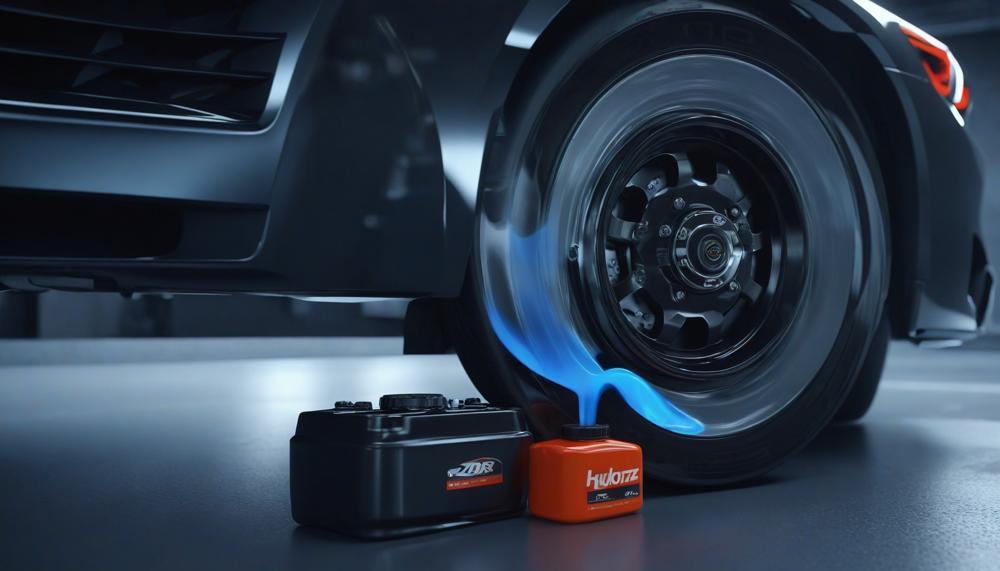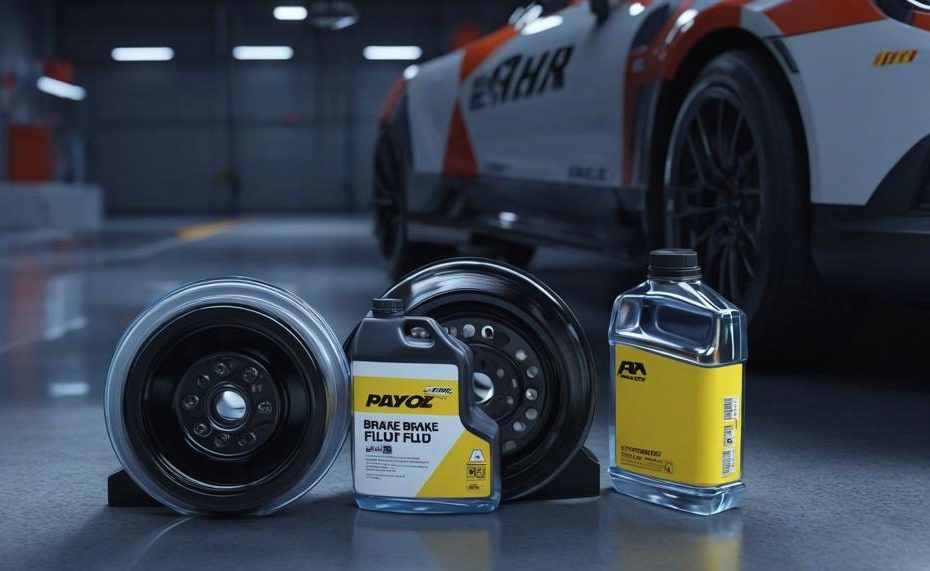Properly disposing of brake fluid isn’t just about getting rid of it; it’s about ensuring safety for both people and the planet. Brake fluid, essential for your vehicle’s braking system, becomes a hazardous waste once it’s contaminated.
This fluid, primarily composed of glycol ethers and polyalkylene glycols, can be harmful if mishandled. So, how should you dispose of it responsibly?
Here’s a quick guide to get you started:
- Recycling Facilities: Many places have specialized centers that can filter and purify used brake fluid. Check local government websites or contact automotive shops to find a nearby facility.
- Hazardous Waste Disposal Sites: These facilities are equipped to handle brake fluid and other hazardous materials safely. Always call ahead to confirm their specific requirements.
- Automotive Shops: Some dealerships and repair shops offer recycling services for various vehicle fluids, including brake fluid. It’s worth asking if they can help.
- Never Pour Down the Drain: This can cause severe environmental pollution and harm wildlife. Avoid this at all costs.
Handling brake fluid with care, wearing protective gear, and knowing your disposal options are crucial steps. Let’s dive deeper into each method to ensure you’re doing it right.
Contents
Steps
Properly disposing of brake fluid involves several critical steps to ensure environmental safety and prevent contamination. Here are the steps involved:
| Step | Description | Additional Information |
| 1 | Understand Regulations | Check local environmental regulations and guidelines for disposing of hazardous waste like brake fluid. |
| 2 | Containment | Seal the used brake fluid in a leak-proof container and clearly label it as “Used Brake Fluid”. |
| 3 | Never Pour Down Drains | Avoid pouring brake fluid into drains, on the ground, or in regular trash to prevent environmental contamination. |
| 4 | Use Absorbent Material | If you have a small amount, use kitty litter to absorb the fluid and then dispose of the material properly. |
| 5 | Take to Recycling Centers | Bring the sealed container to a local recycling center or auto parts store that accepts hazardous waste. |
| 6 | Contact Local Authorities | If unsure where to dispose of it, contact local waste management authorities for guidance. |
| 7 | Handle with Care | Always use protective gloves and eyewear when handling brake fluid to avoid contact with skin and eyes. |
| 8 | Do Not Mix | Never mix brake fluid with other substances during disposal. |
| 9 | Consider Environmentally Friendly Options | Opt for recycling or other eco-friendly disposal methods to protect the environment. |
| 10 | Proper Storage | If immediate disposal isn’t possible, store the container in a safe place away from children and pets until you can dispose of it properly. |
Tips
Properly disposing of brake fluid at home is vital for both safety and environmental protection. Here are some practical tips:
Local Auto Parts Stores and Retailers
Many auto parts stores and automotive retailers offer recycling services for brake fluid. Contact your local store to verify if they accept brake fluid and their specific guidelines for disposal.
Hazardous Waste Collection Centers
Take used brake fluid to your local Hazardous Waste Collection Center. These facilities are designed to handle and process hazardous materials safely. Check your city or county’s waste management website for locations and hours of operation.
Service Stations and Auto Repair Shops
Some service stations and auto repair shops may accept used brake fluid. Call ahead to confirm they can take it and learn any preparation steps needed before drop-off.
Municipal Recycling Programs
Participate in municipal recycling programs that include hazardous waste. Many cities have designated collection sites or special events for collecting items like brake fluid. Check with your local waste management department for upcoming events.
Household Hazardous Waste (HHW) Events
Look for Household Hazardous Waste (HHW) events in your area. These events provide a safe venue for disposing of items such as brake fluid. Information on these events can usually be found on municipal or county websites.

Proper Container and Transport
Always store brake fluid in a tightly sealed container to prevent spills during transport. Use the original container if possible, or another suitable one that can be securely closed.
Steps to Dispose of Brake Fluid:
| Step | Action | Details |
| 1 | Contact Local Resources | Verify with local auto parts stores, hazardous waste centers, or service stations about their acceptance of brake fluid. |
| 2 | Prepare the Fluid | Store brake fluid in a sealed, labeled container to avoid leaks or spills during transport. |
| 3 | Transport Safely | Carefully transport the sealed container to the designated drop-off location. |
| 4 | Dispose Responsibly | Hand over the brake fluid to the facility personnel and follow their disposal guidelines. |
Conclusion
Proper brake fluid disposal is crucial for safety and environmental health. Brake fluid, a blend of glycol ethers and polyalkylene glycols, transforms into hazardous waste when contaminated. Mishandling can lead to environmental damage and health risks. Here’s how to dispose of it responsibly.
First, never pour brake fluid down the drain, on the ground, or in the trash. These actions can lead to severe environmental pollution. Instead, consider the following options:
- Recycling Facilities: Many local recycling centers can purify used brake fluid. Check with your local government or automotive shops to find a suitable facility.
- Hazardous Waste Disposal Sites: These sites are equipped to handle hazardous materials like brake fluid. Confirm their requirements before visiting.
- Automotive Shops: Some dealerships and repair shops offer recycling services for vehicle fluids, including brake fluid. It’s worth asking them.
Always handle brake fluid with care. Wear protective gloves and eyewear, and store the fluid in a sealed, leak-proof container labeled “Used Brake Fluid”. For small amounts, use kitty litter to absorb the fluid and then dispose of the material properly.
By following these steps, you can ensure that brake fluid is disposed of safely, protecting both the environment and human health.





